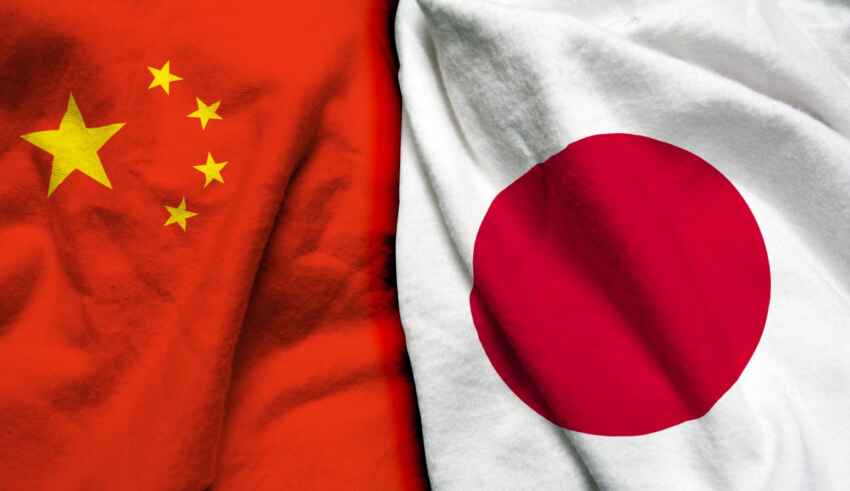
China and Japan are the greatest emerging and developed nations in Asia, respectively, and they are crucial to the advancement of the continent and neighbouring areas. The trade between the world’s second and third largest economies has had a turbulent decade as politics have added fuel to the fire of economic pressures. However, China and Japan still have highly interconnected production systems and mutual concern with a free, secure East Asia trading system.
In 2001 China became WTO member this echo led to a great shift in Japanese exports worldview. A significant decrease in import tariff for vehicles into Japan paved way for massive exports to China arising out of high indigenous consumption. At the same time, through a policy of aggressively opening the market and commitment of foreign direct investment (FDI) by the Chinese government, its economy has recently been transformed into something new. The changes that have indeed brought in FDI have equally presented hurdles to the foreign companies encountering different ways of doing business in China.
After China became a member of the WTO, the impacts of political distance on trade were altered because of the actors growing trust in China’s transition to a market economy and the restriction agreement placed on Chinese politicians. When these restrictions were put in place, it was hard to reverse them because majority of the industries were affected by foreign businesses, but it became easier to forecast because China’s policy making procedures were more open. There was also less state participation in the economy and, even while political distance is growing, there was less opportunity for the government to interfere with trade negotiations, hence, Japanese businesses were able to carry on with their activities on China while political distance grew.
According to the United Nations COMTRADE database, Japan has exported to China for about US$144.54 billion in 2022, this data was last updated in November 2023. It is also interesting that, in spite of this ongoing story of economic cooperation between China and Japan, there are no signed agreements which can guide their engagement. Their history seems to include the 1978 Long Term Trade Agreement, as well as the 1988 Bilateral Investment Treaty which both had different impacts on them. Nonetheless, the current wave of Japanese FDI in China calls for reflection to grasp how Chinese Japanese relationship is transforming.
China is pursuing its renewed goal of economic self-reliance since 2020, placing greater emphasis on indigenous consumption than external commerce. Increased restriction on limited fields, assessing Japan’s role within supply chains and emphasize on local innovations will result in decreased chances of exportation and investments in Japan.
In contrast, Japan’s trade policy, being part of Comprehensive and progressive Agreement for Transpacific partnership (CPTPP) agreement and leading different projects illustrate such wager upon multilateral frameworks along with like-minded partners. The focus on facilitating electronic transactions in trade and boosting high-tech industries’ potential to remain competitive.
China’s commitment to the global trade system is one of the major key factors as to why the relationship between Japan and China over the last years has been greatly impacted by political distance. In actuality, the commitment to WTO and other trading systems enabled this economic connection to really define the political relationship in addition to helping buffer against political pressure the economic relationship.
In conclusion, both China and Japan serve as a good comparison in international trade policies. Japan being one of the biggest countries in exporting cars and electronic devices, while China being one of the biggest suppliers of commodities in the world including machines. Both countries have a unique comparative advantage, however, there are challenges involved in the trade patterns such as, Japan facing competition from losing intellectual property rights and market access as the cases of other industries in China persist. Both countries should come together through negotiations and dialogue to reach a common ground which will be mutually beneficial and help promote global economic stability.
By The European Institute for International Law and International Relations.
References
Japan exports to CHINA2023 data 2024 forecast 1988-2022 historical. Japan Exports to China – 2023 Data 2024 Forecast 1988-2022 Historical. (n.d.). https://tradingeconomics.com/japan/exports/china














